Want to improve your dart game? The key is to stay fit for darts. This means more than just arm strength; it involves a holistic approach to fitness that enhances your accuracy, consistency, and stamina. This article will explore how to achieve optimal fitness for darts, covering everything from exercise routines to diet and mental preparation.
⚠️ Still Using Pen & Paper (or a Chalkboard)?! ⚠️
Step into the future! The Dart Counter App handles all the scoring, suggests checkouts, and tracks your stats automatically. It's easier than you think!
Try the Smart Dart Counter App FREE!Ready for an upgrade? Click above!
Maintaining peak physical condition is crucial for consistent performance and injury prevention. Many overlook the importance of a well-rounded fitness regimen, focusing solely on arm strength. However, staying fit for darts encompasses far more than just upper body strength. It’s about building a robust foundation of strength, endurance, and mental fortitude.
Stay Fit for Darts: A Comprehensive Guide
This guide will walk you through the essential elements of a training program tailored to enhance your dart-playing abilities. We’ll delve into specific exercises, dietary recommendations, and mental strategies that can significantly elevate your performance. The goal is to equip you with the knowledge and tools necessary to optimize your physical and mental state for peak dart-playing prowess.
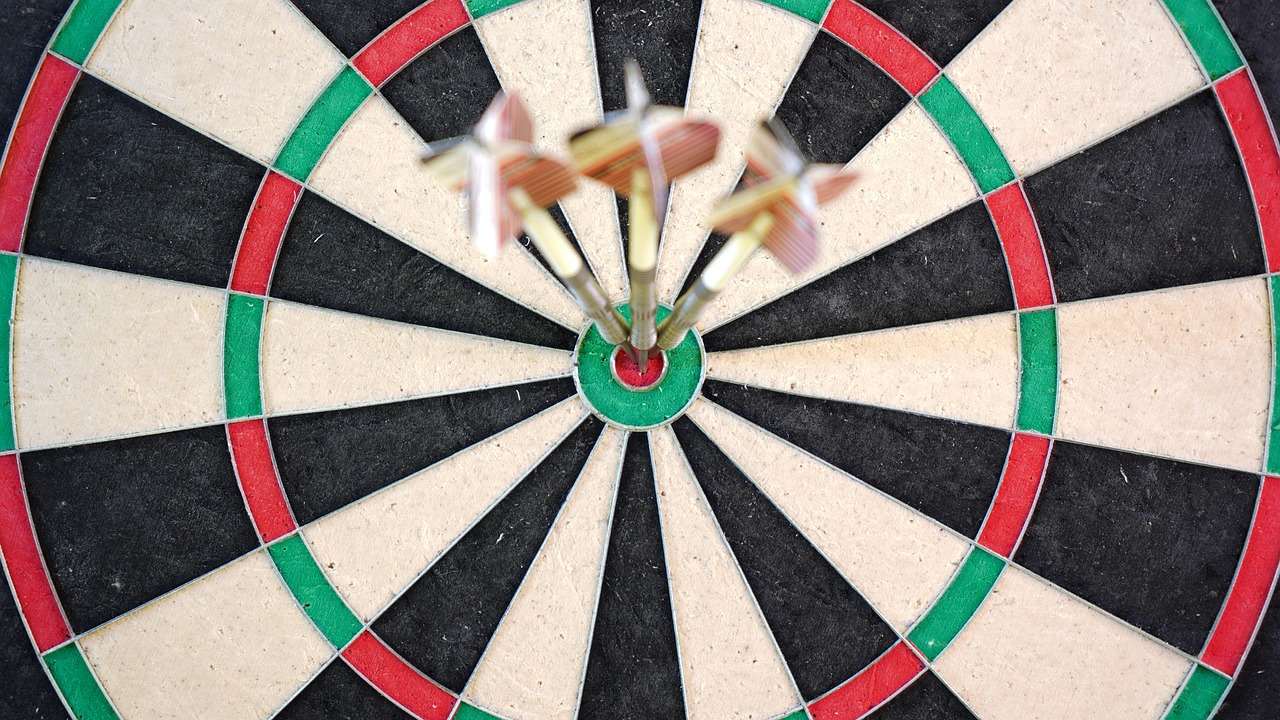
Building a Strong Foundation: Core Strength and Balance
Believe it or not, a strong core is vital for staying fit for darts. A stable core provides the necessary foundation for precise throws, preventing unwanted movement and ensuring consistent accuracy. Exercises like planks, Russian twists, and bicycle crunches are excellent for building core strength. Furthermore, balance exercises, such as single-leg stances and wobble board workouts, improve your stability and reduce the risk of injury, enhancing your overall game.
Upper Body Strength and Endurance: The Throwing Arm
While not neglecting other muscle groups, it’s crucial to focus on developing controlled strength and endurance in your throwing arm. However, remember the importance of symmetry! Strengthening only your dominant arm can lead to imbalances and injury. Consider exercises such as light dumbbell curls, wrist extensions and rotations, and isometric holds to build specific strength while avoiding bulky muscles that might impede your throwing motion. Remember to work both your dominant and non-dominant arms for balanced muscle development and injury prevention.
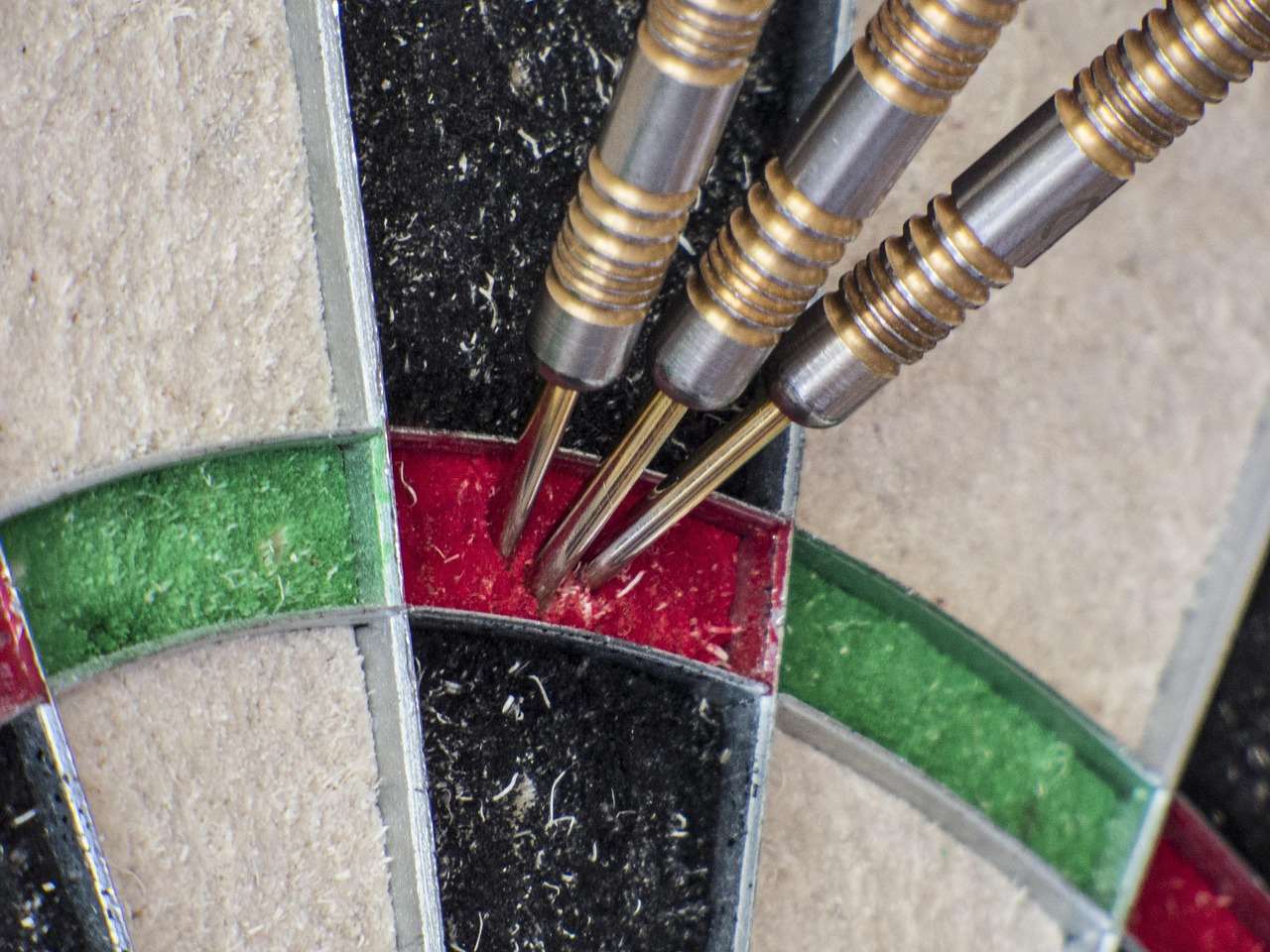
Lower Body Strength and Leg Exercises
Many dart players overlook the importance of lower body strength. Strong legs are crucial for maintaining stable posture and preventing fatigue during extended periods of play. Incorporate squats, lunges, and calf raises into your routine to enhance lower body strength and overall stability. This improves your ability to remain still and focused during your throw, contributing to greater accuracy.
Cardiovascular Fitness: Stamina and Endurance
Maintaining cardiovascular fitness is crucial for improving stamina and endurance. Extended dart matches can be surprisingly physically demanding, requiring sustained focus and mental strength. Regular cardio, such as brisk walking, cycling, or swimming, will enhance your stamina, enabling you to maintain focus and precision throughout the game. Stamina breathing for darts techniques can also complement your physical training.
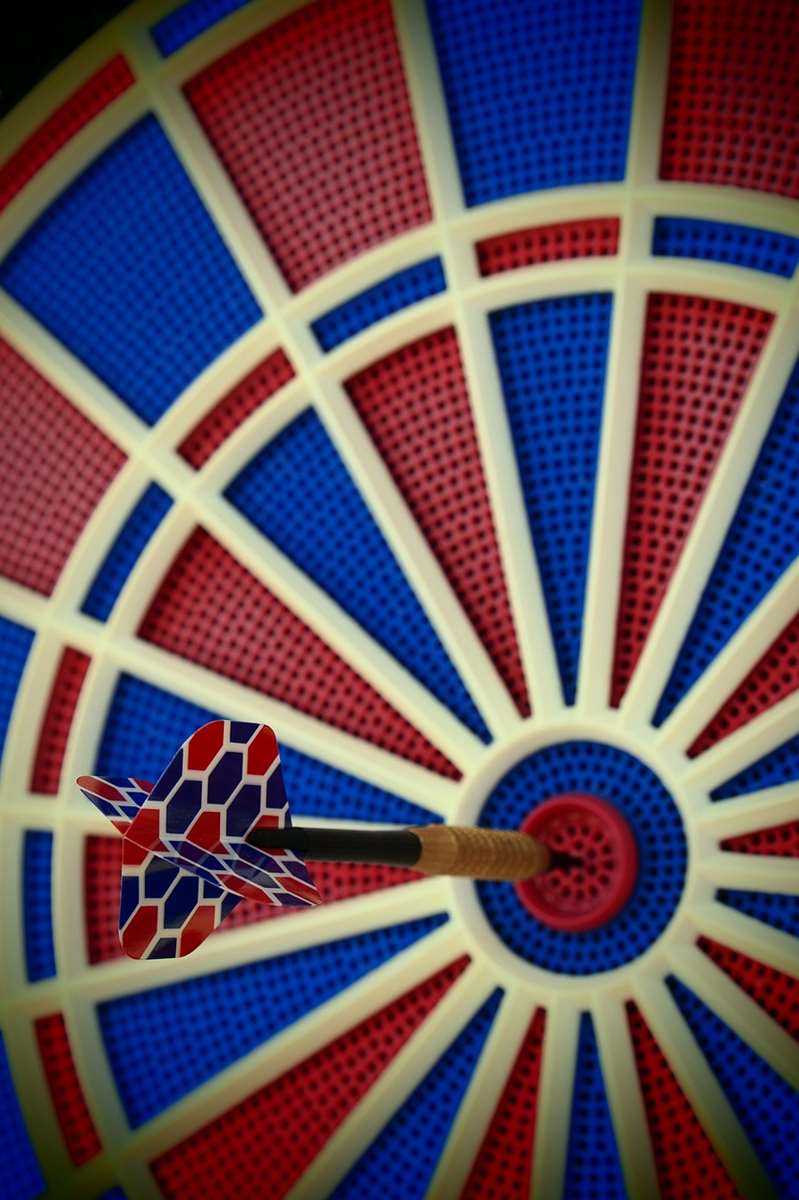
Flexibility and Mobility: Preventing Injuries
Regular stretching and mobility exercises are essential for staying fit for darts. They not only improve your range of motion but also help prevent injuries. Incorporate dynamic stretches like arm circles and torso twists before playing and static stretches like hamstring and shoulder stretches after your playing sessions.
Nutrition for Peak Performance
Proper nutrition plays a pivotal role in achieving optimal fitness for darts. A balanced diet rich in fruits, vegetables, lean proteins, and complex carbohydrates provides sustained energy levels and supports muscle recovery. Hydration is also crucial; drink plenty of water throughout the day, especially during and after practice or competition. Avoid excessive alcohol consumption, especially close to playing, as it can impair your coordination and judgment. For more information on this, check out our article on alcohol and home darts.
Mental Fitness: Focus and Concentration
Mental fitness is equally crucial as physical fitness when it comes to excelling at darts. Practice mindfulness and meditation techniques to improve focus and concentration. Visualize successful throws and develop mental strategies for handling pressure situations. Regular practice is key to improving your mental game, just as it is for physical skills.
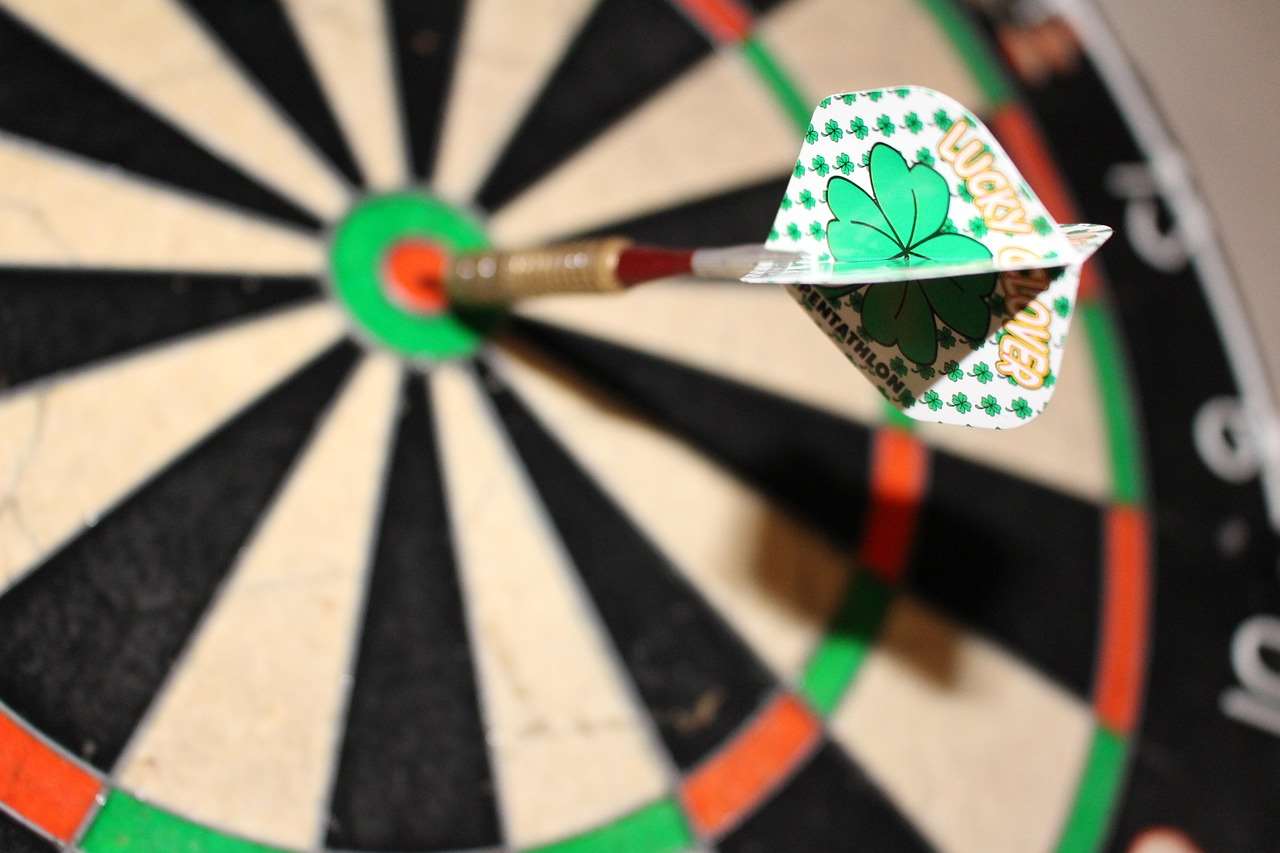
Specific Exercises for Dart Players
While general fitness is essential, incorporating exercises specifically designed to enhance your dart-throwing abilities can provide a significant advantage. Here are some targeted exercises to improve your game.
Wrist and Forearm Strengthening
- Wrist curls: Use light weights to strengthen wrist flexors and extensors.
- Reverse wrist curls: Strengthen the muscles responsible for wrist extension.
- Gripper exercises: Improve grip strength and hand dexterity.
Shoulder and Upper Body Stability
- Rotator cuff exercises: Strengthen the muscles surrounding the shoulder joint for improved stability.
- Dumbbell presses (light weight): Build controlled strength in your shoulders without adding unnecessary bulk.
- Isometric holds: Hold your throwing arm in a specific position to build strength and endurance.
Core Stabilization Drills
- Plank variations: Strengthen core muscles while improving stability and balance.
- Side planks: Engage oblique muscles for improved torso rotation control.
- Dead bugs: Enhance core strength and coordination.
Remember to consult with a physical therapist or fitness professional to create a personalized training program tailored to your specific needs and skill level. They can help you avoid injuries and ensure you’re training safely and effectively.
The Importance of Rest and Recovery
Sufficient rest and recovery are just as important as training itself. Allow your body time to repair and rebuild muscle tissue. Adequate sleep and proper nutrition are critical components of recovery. Overtraining can lead to injuries and hinder progress, so prioritize rest and listen to your body. Incorporating active recovery methods, like light stretching or walking, can aid in muscle recovery while promoting blood flow.
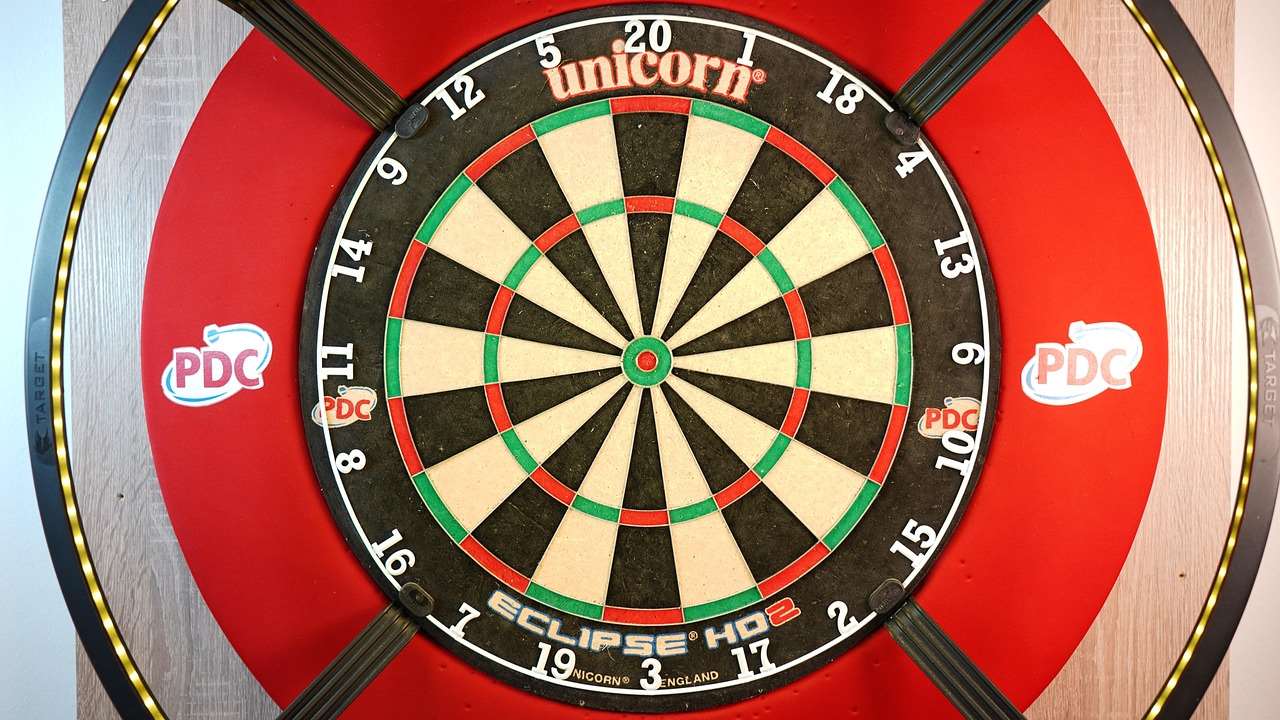
Additional Resources for Staying Fit for Darts
Beyond the information provided here, numerous resources can further enhance your understanding of fitness optimization for darts. We encourage you to explore additional information on topics such as fitness research darts, Darts Fitness Health, and sports massage for dart players.
Understanding the importance of vision for hand-eye coordination is also vital. Consider exploring resources related to vision training for dart player optimization and eye care studies dart players to further enhance your game. Remember, prevention is key, so utilize resources like our guide on cross training for injury prevention program and physical health resources for dart players to support your training.
Remember also to incorporate healthy lifestyle choices into your routine, particularly if you are competing regularly. Check out our tips on healthy lifestyle during competition darts tips for more information.
Conclusion
Staying fit for darts isn’t just about throwing accurately; it’s about optimizing your entire physical and mental being. By incorporating a comprehensive fitness routine that addresses core strength, upper and lower body endurance, cardiovascular health, flexibility, and mental acuity, you’ll significantly enhance your performance, consistency, and overall enjoyment of the game. Remember to prioritize rest and recovery, fuel your body with nutritious foods, and stay hydrated. With consistent effort and a holistic approach, you’ll be well on your way to achieving your darting goals!
Hi, I’m Dieter, and I created Dartcounter (Dartcounterapp.com). My motivation wasn’t being a darts expert – quite the opposite! When I first started playing, I loved the game but found keeping accurate scores and tracking stats difficult and distracting.
I figured I couldn’t be the only one struggling with this. So, I decided to build a solution: an easy-to-use application that everyone, no matter their experience level, could use to manage scoring effortlessly.
My goal for Dartcounter was simple: let the app handle the numbers – the scoring, the averages, the stats, even checkout suggestions – so players could focus purely on their throw and enjoying the game. It began as a way to solve my own beginner’s problem, and I’m thrilled it has grown into a helpful tool for the wider darts community.